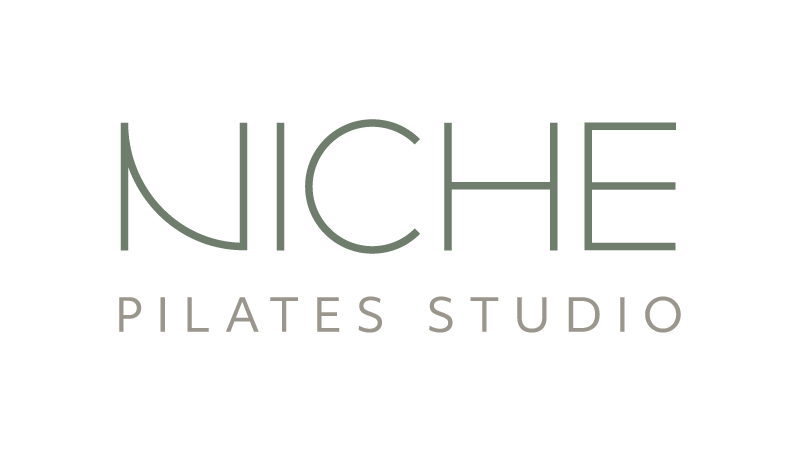Studies Show Bone Density Increase with Strength Training
Bone density refers to the amount of bone mineral in bone tissue, which is vital as we age because it helps prevent injuries. Osteoporosis is a skeletal disorder characterized by thin, weakened bones. Similarly, osteopenia is a disorder characterized by the loss of bone density (Wikipedia). Both diseases become more common with age, especially in women. But, strength training is proven to help reduce the risk of bone density loss.
Strength training reduces the risk of bone density diseases because it strengthens not only our muscles, but our bones too. According to Oxford Academic, osteoblasts are bone-forming cells that help remodel the bones and body. Osteoblast dysfunctions like osteoporosis cause skeletal fragility and fractures. Conversely, an increase in the production of osteoblasts aids in the production of new cells in the bones, making them stronger and less susceptible to injury. One way to increase the production of osteoblasts, and decrease the risk of bone density loss, is through strength training.
Harvard Health Publishing states that “strength training, in particular, has bone benefits beyond those offered by aerobic weight-bearing exercise. It targets bones of the hips, spine, and wrists, which are the sites most likely to fracture. What's more, resistance workouts — particularly those that include moves emphasizing power and balance — enhance strength and stability. That can boost confidence, encourage you to stay active, and reduce fractures another way — by cutting down on falls.”
With that being said, it is clear that practicing Pilates can aid in the production of osteoblasts, help build bone mineral and reduce the risk of bone density loss.
Because of the focus on balance, stability and strength training with intention, those who practice Pilates are not only supporting their bodies, but also not putting unwanted stress on the joints, which is common in other forms of exercise like running. Niche Pilates Online offers subscribers an opportunity to build strength in their muscles and bones through its mat and Reformer classes. With a focus on intention and stability, users can reap the benefits of strength training in the comfort of their homes, or wherever they may be.
In conclusion, millions of Americans are diagnosed with bone density loss diseases each year. While genetics play a role in the diseases, so does strength training. One of the best ways to optimize the creation of new bone tissue is through strength training. Practicing Pilates allows for people of all ages to optimize their fitness routine and improve their health, which in turn reduces the risk of age-related diseases like osteoporosis and osteopenia.
Citations
Lee, W.-C., Rosen, C. J., Long, F., & Guntur, A. R. (n.d.). Energy Metabolism of the Osteoblast: Implications for Osteoporosis . Oxford Academic. Retrieved March 22, 2023, from https://academic.oup.com/edrv/article/38/3/255/3784593
Strength Training Builds More Than Muscles. Harvard Health. (2021, October 13). Retrieved March 22, 2023, from https://www.health.harvard.edu/staying-healthy/strength-training-builds-more-than-muscles
Wikimedia Foundation. (2023, February 3). Osteoporosis. Wikipedia. Retrieved March 22, 2023, from https://en.m.wikipedia.org/wiki/Osteoporosis

